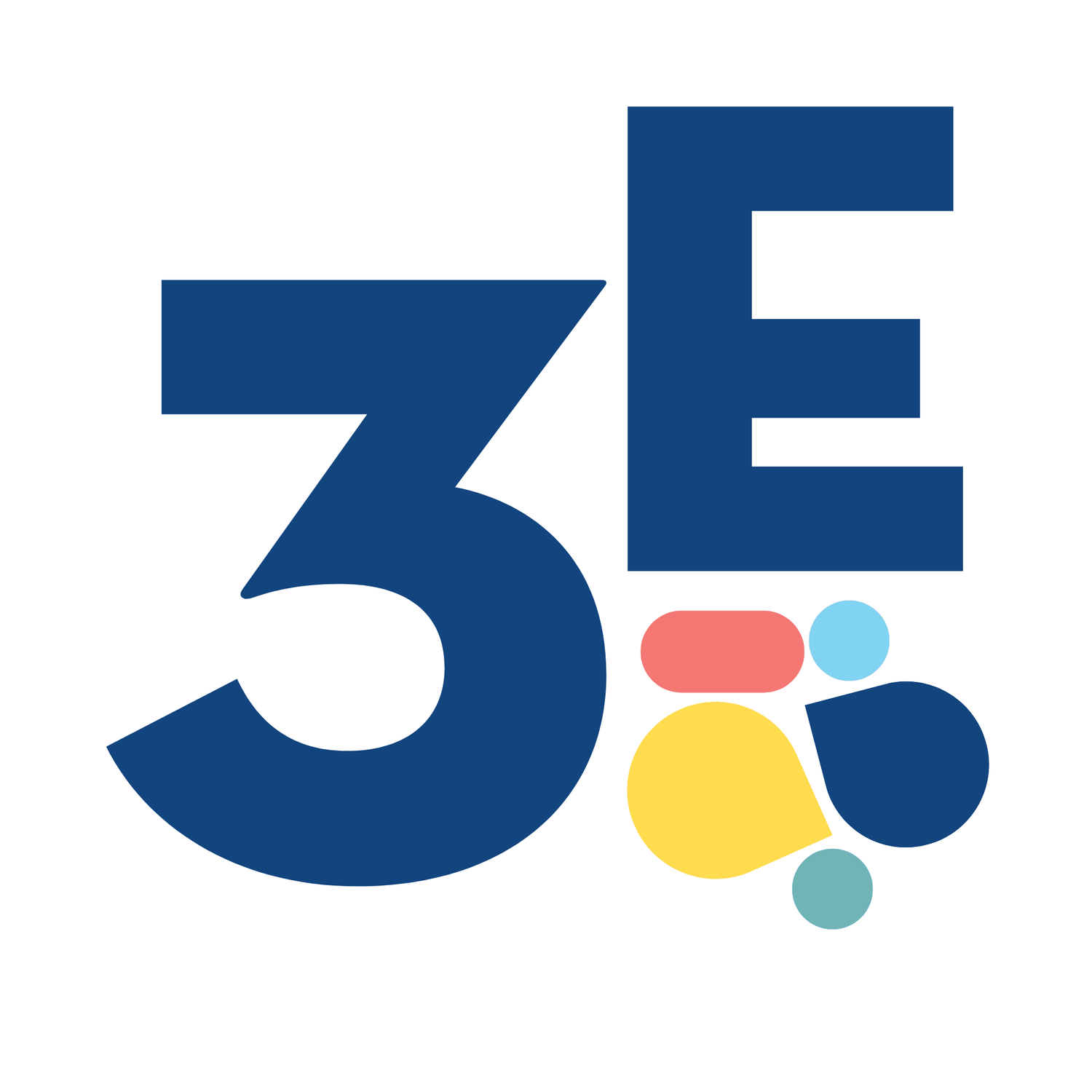
Responsible media
How to create communications and journalism that is diverse, fair and engaging, and doesn’t just help us to understand the complex society we live in, but also introduces us to alternative realities and helps us to imagine different futures?
Media is present in our lives pretty much 24/7. The streaming services, social media platforms, newssites, and most recently AI platforms like ChatGTP, provide most of us an access to constantly flowing media content round the clock.
Each day we are spending enormous portion of our time with media: the average media consumption in Finland is 9,5 hours per day (Kantar TNS 2021). This means that each day we are consuming 570 minutes of media content, sometimes on multiple channels simultaneously, which partly explains the long time spend with media.
Therefore it truly matters, what kind of media content is being created and published.
Media plays a significant role in making our complex world understandble, especially when it comes to transformative global issues like migration. It also has a great potential in encouraging civic imagination: in order to empower change, we need to be able to imagine working alternatives to current cultural, social, political, or economic conditions.
The main question we are trying to solve is: How to create communications and journalism that is diverse, fair, and engaging, and doesn’t just help us to understand the complex society we live in, but also introduces us to alternative realities and helps us to imagine different futures?
This is definately not an easy task, but in the end we expect to see:
1) A greater number of responsible media and content creators, including ourselves, publishing diverse and inclusive content that encourages civic imagination.
We are dividing media into two work-streams: responsible media stream focuses on professionally created media content we are discussing here, and the media education stream focuses on the content consumed and produced by individual people.
Our media diversity and responsibility work focuses primarily on migration, and ethnic, religious and linquistic minorities. On local level we are also publishing Magazine Y that discusses the next generation Ostrobothnia with a broader focus on sustainable development.
Why is this important?
Professionally produced media content: journalism, corporate communications, public relations, and social media content produced by influencers, still includes stereotypes, bias, and inaccurate information about migration, and about ethnic, religious and linguistic minorities.
There’s a lot of positive progress in achieving media diversity, but still a great amount of media content is not accurately considering or reflecting the diversity of the Finnish or the European population, and many groups like migrants or youth, are underrepresented in media.
Most professional content producers are not intentionally creating misleading content, but lack of knowledge, ignorance, and unintentional usage of e.g. stereotypical narratives, whether positive or negative, can be as harmul as spreading disinformation.
Disinformation, but also unintentionally misleading and inaccurate information is potentially dangerous, as media has a great impact on our understanding about the society, social contexts, and population relations. We are forming our understanding of the reality greatly on information that is received through different media sources, which include for example social media, television news, magazines, books, podcasts, and other digital content found on internet. This is especially true on matters or issues that are more distant or unknown to us.
Finding solutions to complex social issues requires us the ability to transform our idea of the existing reality and the possible futures. The problem is, that us humans are generally bad in imagining alternatives to prevailing conditions, and that’s why we need responsible media to provide accurate and fair information, examples, and a platform for diverse and inclusive public debate.
What are we doing?
Publishing Magazine Y, a multilingual culture magazine that focuses on discussing the next generation Ostrobothnia. Magazine Y uses civic imagination as a leading concept and as a tool, and practices media diversity by giving special attention to participation of underrepresented groups as sources and content creators.
Contributing into discussion about migration reporting, media diversity and responsible, equitable and inclusive communications on ethnic, cultural and religious minorities. Developing and sharing research-based practical solutions combined with our own analysis, lessons learned and trial and error experiences.
Creating motivating and low-threshold opportunities for self-reflection and learning to media and communication professionals on DEI (diversity, equity, inclusion) questions focusing on ethnic, cultural and religious minorities.
Ongoing projects:
Youth in Focus
Digital Storytelling for Active Citizenship: Empowering Youth through Migration Narratives
Past projects:
Migration in Media research

